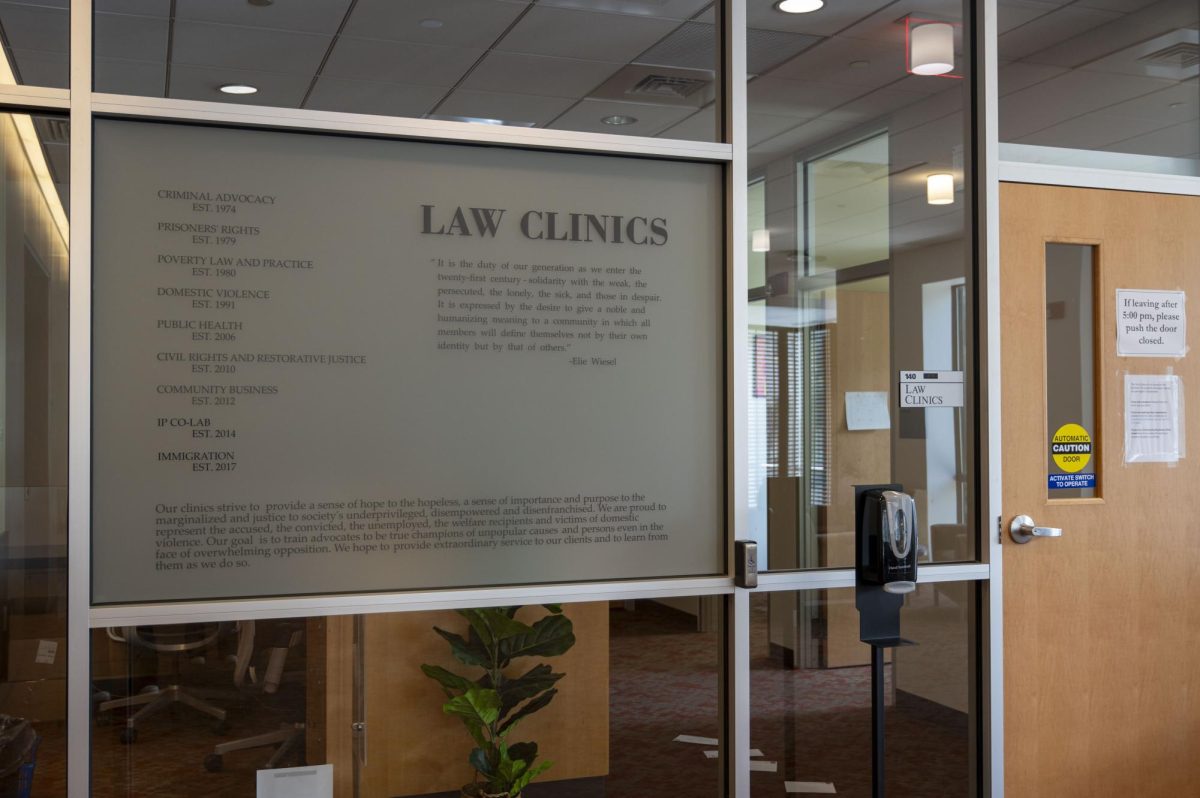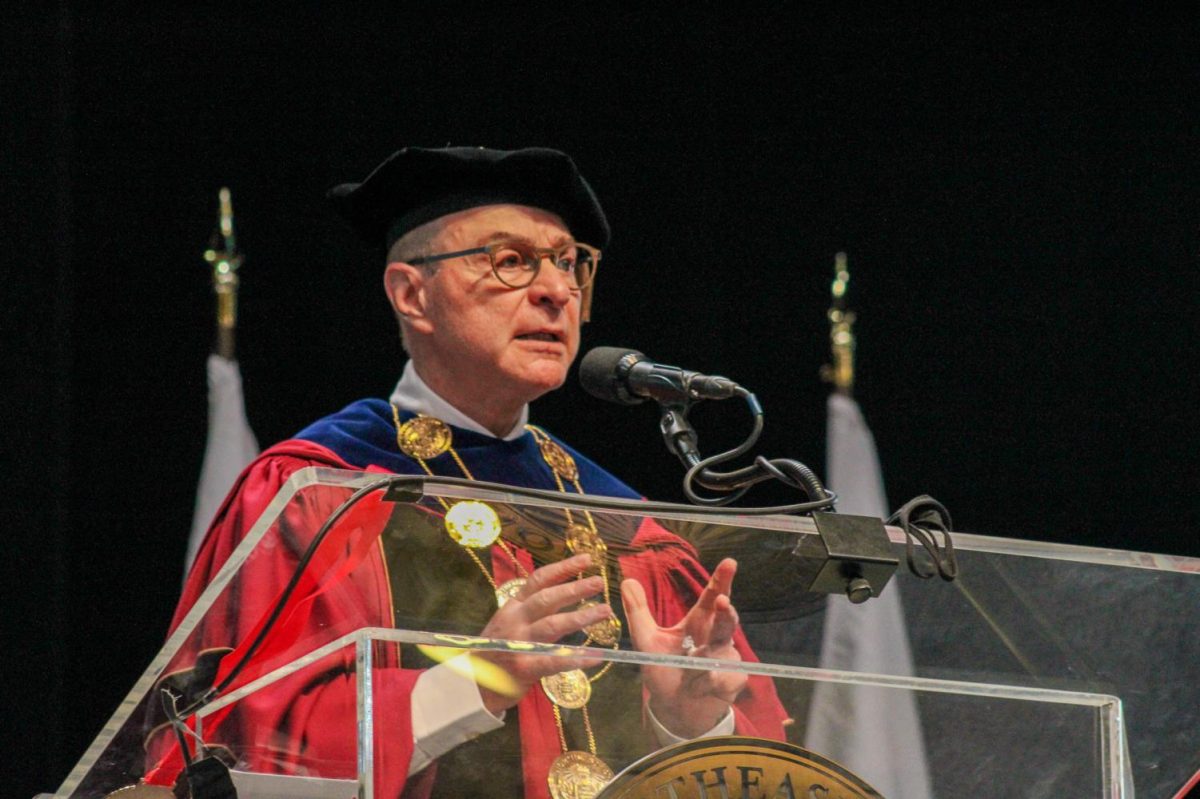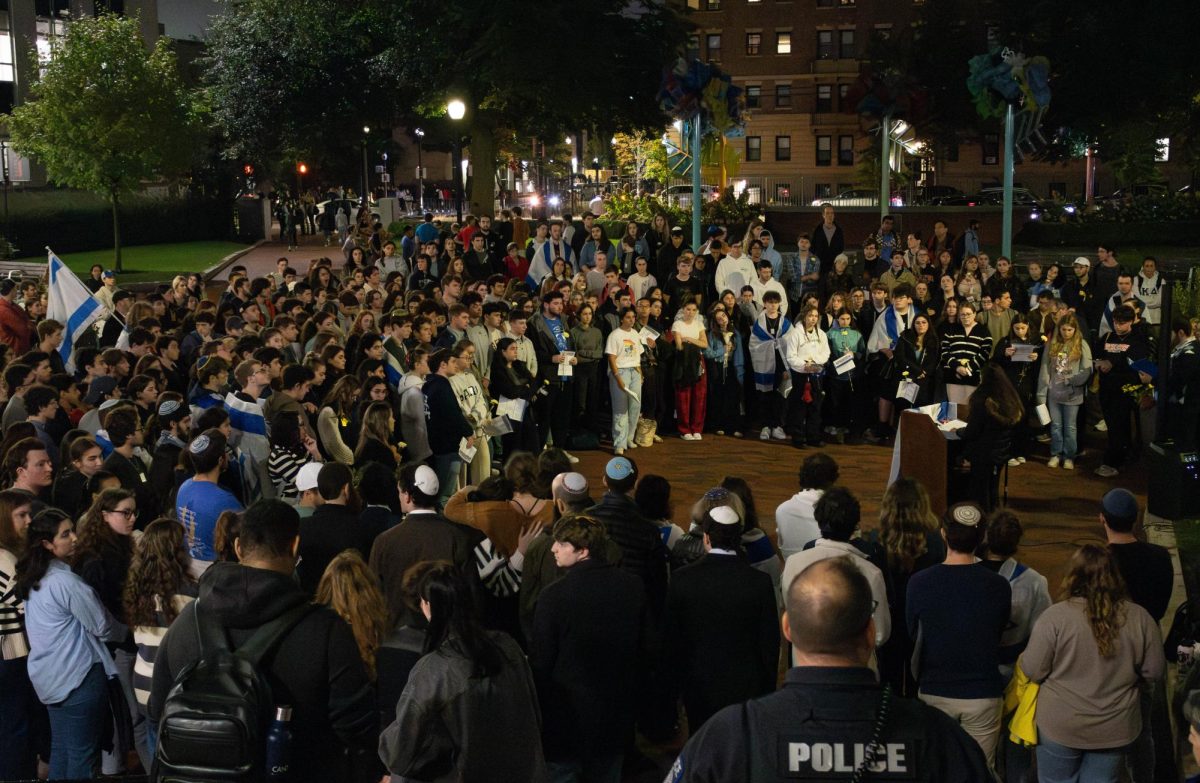By Eric Allen
Some of the world’s leading research in tuberculosis (TB) treatment is being conducted by a Northeastern professor.
Kim Lewis, biology professor and director of the Northeastern Antimicrobial Center, is currently working with a team to research methods of treating TB cells that are immune to antibiotics. Much of this research will be possible because of a recently awarded $750,000 grant from the Bill ‘ Melinda Gates Foundation.
The Gates Foundation awarded $280 million to fund efforts in discovering new TB treatments, vaccines and tests, naming Lewis and his team among the few laboratories to receive a portion of the funds.
“There was a worldwide competition and nine laboratories were selected to work on research,” Lewis said.
Of the $280 million, $200 million was allotted for vaccine development, $62 million was put toward developing more accurate TB tests and$18 million was given to laboratories to work on finding TB treatments
Lewis has been working with TB for the past 15 years. His research examines the mechanism behind dormancy in the cells, which makes them immune to drugs or antibiotics and therefore untreatable. When cells enter a dormant state, they become inactive and remain in the body untouched by antibiotics, allowing them to stay in a person’s system for a long period of time and resurface in the future. Using the money from the Gates Foundation, Lewis and his team will be able to explore new ways of treating these cells more, Lewis said.
“The grant provides larger resources for a more thorough examination of the [dormancy] mechanism,” Lewis said.
“Tuberculosis is a latent disease; we know nothing about the mechanism,” Lewis said. “The same mechanism for dormancy in E. coli could be the same mechanism in TB.”
The funds are for “early-stage discovery projects” to “identify leads for new TB drug components,” according to a Gates Foundation press release. The nine grants are to be used for experimental purposes, that is, discovering how to undo the dormant state TB cells assume.
“The award lasts for two years and this phase is expected to be exploratory,” Lewis said.
However, through research like Lewis’s, a cure for TB could be available in the near future.
“Our goal is dual – first to discover the molecular basis of dormancy,” Lewis said. “The second part is








